Tires are like the unsung heroes of the automotive world. They keep us rolling down the road in style, absorbing all the bumps and potholes that come our way. They're like the cushy sneakers of the car world, cushioning our rides and making sure we get to where we need to go in comfort and safety.
But let's be real – tires can also be a real pain in the, well, you know. Punctures, blowouts, and sidewall damage – it's like they're just waiting for us to let our guard down before they strike! And don't even get me started on the price tag of a new set of tires.
Sure, a simple puncture can be fixed with a spare tire or a tire repair kit, but when it comes to tire sidewall damage, things can get a bit trickier. It's like trying to repair a broken bone with duct tape – it's just not going to hold up. So, what's a driver to do? Can you continue driving with tire sidewall damage?
Well, we're about to find out. So, buckle up, folks, because we're about to take a deep dive into the world of tire damage and see if we can't come out the other side with our wallets intact and our sanity (mostly) intact.
The tire sidewall is the vertical part of any tire, i.e., the area from the rim to the shoulders. It is a crucial part of any tire, as it protects the cord plies from damage, and they give any structural integrity. Damaged plies can significantly weaken the construction and lead to instability or blowouts.
But the sidewall itself also supports the tire – its stiffness of the sidewall is directly correlated to how the tire performs. For instance, performance tires are usually more rigid for higher responsiveness and stability, while touring tires have softer sidewalls for comfort.
So, yeah, tire sidewalls are a big deal and not easily fixable. It's like trying to fix a flat with bubble gum – it just won't hold up. Still, there are a few different tire sidewall damages, and not all are created equal. Let's have a closer look.
Let's have a closer look.
The sidewall can be damaged in various ways, but in any case, it's crucial to regularly inspect the tires to ensure a safe drive. Although drivers don't usually inspect their tires, you could at least ask your tire technician to do that for you. Here are all the different tire sidewall damages you should be concerned about.
Chipped rubber on the sidewall of the tire
One of the most common types of tire sidewall damage is chipped rubber. This type of damage usually occurs when the sidewall of the tire comes into contact with abrasive surfaces such as sharp rocks or curbs.
Chips can range in depth from a few millimeters up to a centimeter. In most cases, the cords or plies of the tire won't be exposed, but in some instances, the cords may protrude from the sidewall, especially if the sidewall has been punctured or cut.
Sidewall damage can have serious implications for the safety and performance of the tire. Chipped or cut sidewall rubber can weaken the tire's structure, leading to a potential blowout or a sudden loss of air pressure.
Chipped or cut sidewall rubber can weaken the tire's structure, leading to a potential blowout or a sudden loss of air pressure.
Tire Sidewall Cracks
Another common type of tire sidewall damage is cracking. Unlike chips or cuts, sidewall cracks can expose the inner plies of the tire, compromising its integrity. This type of damage usually occurs due to aging or low-quality tires. Cracks can form due to prolonged exposure to harsh environmental factors such as UV rays, extreme temperatures, and chemicals.
Sidewall cracks can lead to a sudden loss of air pressure, which can cause the tire to blow out while driving.
Bubbles on the sidewall of the tire
Sidewall bulges, also known as bubbles, are a common occurrence in older tires. This type of damage can also occur due to overloading or underinflating the tire. Although sidewall bulges may not look too dangerous, they signify a severe issue with the internal construction of the tire.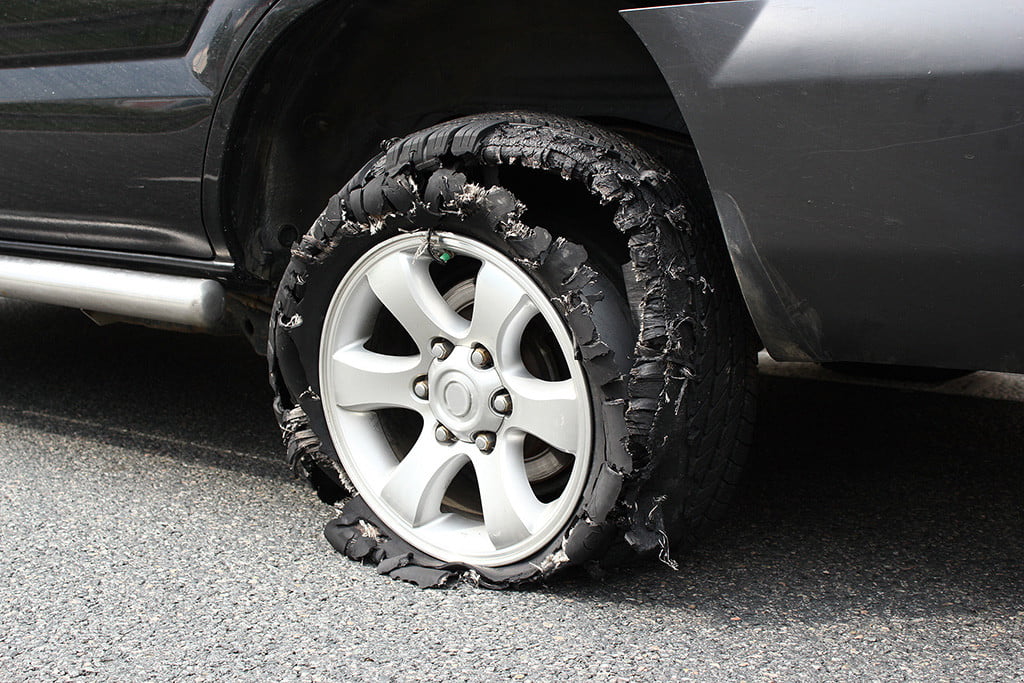 They occur when the inner cords or plies of the tire become damaged, leading to a weakness in the sidewall structure.
They occur when the inner cords or plies of the tire become damaged, leading to a weakness in the sidewall structure.
Sidewall bulges can compromise the tire's structural integrity, leading to a potential blowout or sudden loss of air pressure.
The most common reason for sidewall damage lately is cheap tires. Today's market is literally flooded with tires from dubious manufacturers (usually from China) that just emerged on the scene. You can notice that these brands offer unrealistically cheap tires – sometimes three times as cheap as a premium tire!
These companies don't produce the tires in state-of-the-art facilities, nor have good in-house quality control. Not to mention, they also don't spend resources on research and development and usually source parts from suppliers that also don't have good quality control.
As a result, manufacturing defects often happen in these tires and lead to sidewall cracks or bulges. These things can happen in some high-quality premium tires as well, but much less often. Hence, I strongly recommend purchasing tires from reputable manufacturers who actually care about the safety of their customers.
These things can happen in some high-quality premium tires as well, but much less often. Hence, I strongly recommend purchasing tires from reputable manufacturers who actually care about the safety of their customers.
Even if you don't drive your car regularly and there is tread left on your tire, the rubber can still go bad after a while. Tires have an expiration date, even if you don't use them at all.
Namely, due to changes in temperature, air humidity, the sun's UV rays, and multiple other external factors, the rubber compound can lose its elasticity over time and become brittle. As a result, the sidewall on old tires can start to crack and expose the internals, leading to potential blowouts.
Hitting a deep pothole or curb can damage the sidewalls of the tire
The most common tire sidewall damage on newer tires comes from hitting deep potholes, curbs, or sharper rocks. It could also happen if you drive fast over a speed bump, though that depends on how much it protrudes and how sharp it is.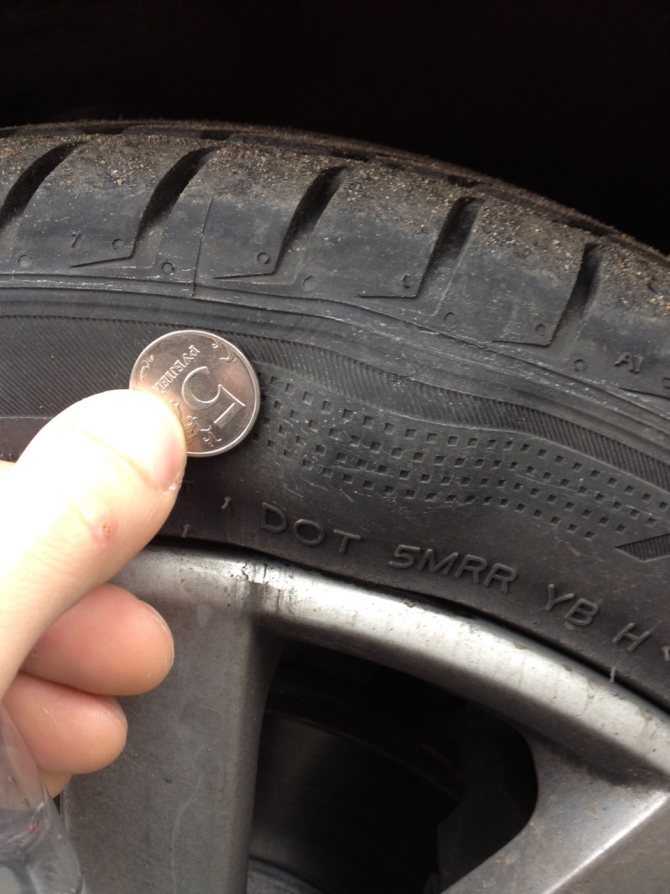
Running your tires at the recommended pressure will ensure optimal performance in terms of handling, comfort, and fuel efficiency. However, running them underinflated (or overinflated) will not only hinder your vehicle's performance but it could also lead to sidewall damage.
Keeping your tires underinflated might result in sidewall bulges, as you would put extra pressure on the inner cord plies. Remember – the air inside your tire carries most of the weight of the tire, and not having enough of it could result in various issues. However, too much air could also result in sidewall bubbles, so make sure you don't overdo it as well.
Every tire has a maximum load rating, i.e., the heaviest weight it's designed to carry. Putting too much weight in your trunk could overload the tires and lead to sidewall damage. However, it could also damage the suspension components, as your vehicle's maximum weight capacity usually coincides with the tire's load capacity.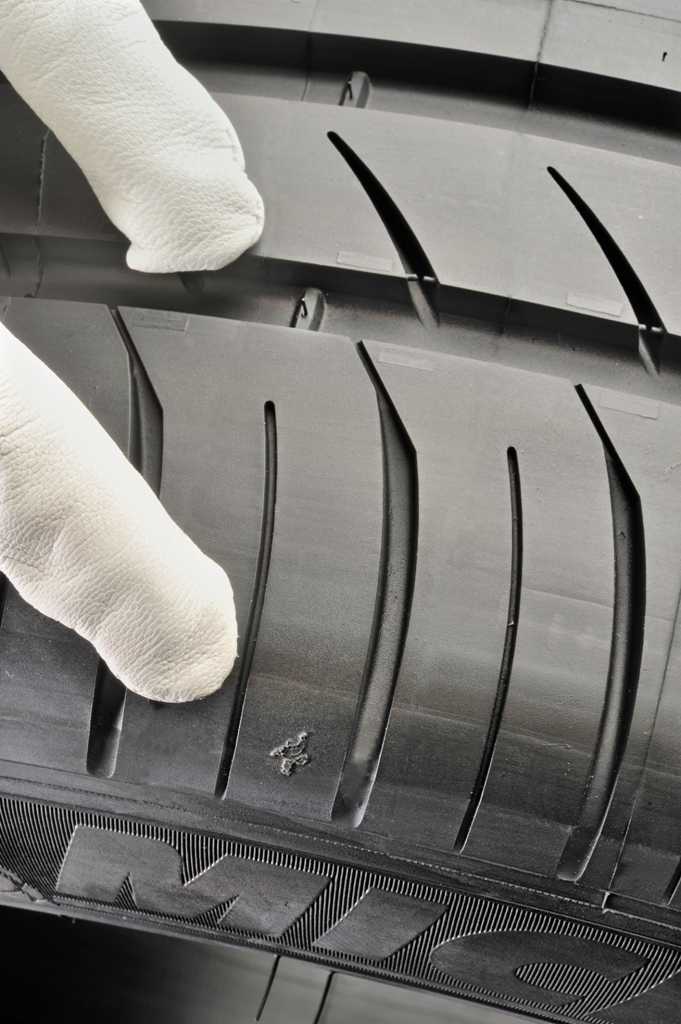
It depends, but in most cases, a damaged tire sidewall can't be repaired. The problem is that some tire shops will tell you that the damage is repairable and try to fix it and make it look cosmetically sound. However, the issue might still persist, and driving with a damaged sidewall is a safety hazard.
In my experience, a chipped sidewall rubber that's just a few millimeters deep is repairable, but anything deeper than that is not. And the main issue here is that deeper cuts damage the inner cords, which can significantly weaken the tire's construction and lead to blowouts.
In case of sidewall bulges (bubbles), cracks, deep cuts, or punctures, I'd immediately replace the tire with a new one, even though the tire technician would suggest repairing it. Safety should be the number one priority when driving, not just for the driver but also for the passengers and other traffic participants.
The short answer is that driving with sidewall damage is not safe, and you should immediately take action.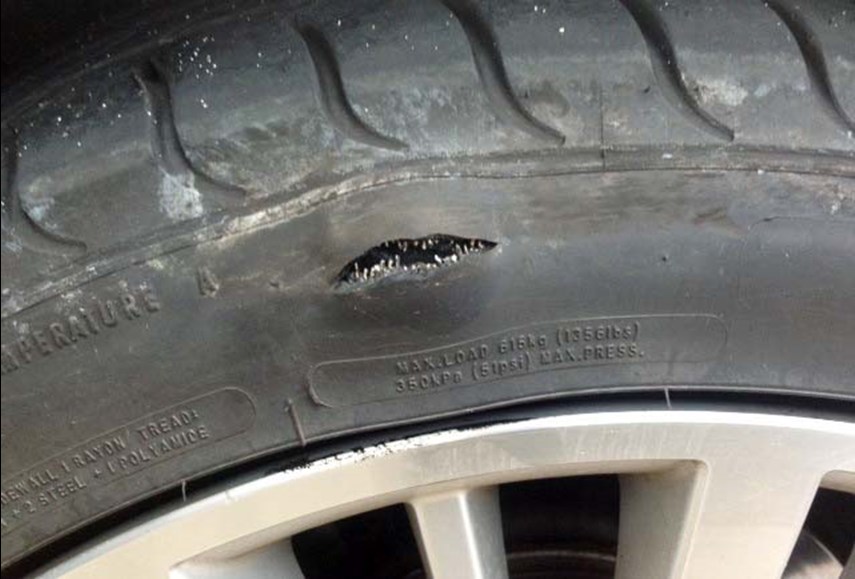 The long answer, just like with repairs, is that you could continue driving if the abrasions are not deep, but I'd still advise against it because the chipped rubber can get worse over time.
The long answer, just like with repairs, is that you could continue driving if the abrasions are not deep, but I'd still advise against it because the chipped rubber can get worse over time.
Meanwhile, if you see bigger cracks, bulges, or cuts, you should immediately stop driving and replace the damaged tire. When not sure, you can ask your tire professional to give you advice upon inspection.
Taking care of your tires, just like you would with your car, will make them last longer and significantly reduce the chances of you getting sidewall damage. Proper tire maintenance is not only key to safety, but it will also save you money in the long run.
So, check your tire pressure at least once every month, or more often if there is a sudden change in temperature outside, and ensure it's always at the manufacturer's recommended value.
Furthermore, make sure your eyes stay glued to the road and avoid hitting potholes and objects while driving. This will not only help you keep your tires healthy but will also result in a safer drive – attention is key when driving! Also, avoid driving over curbs, and when you need to do that, always drive slowly. Lastly, inspect your tires regularly for signs of wear and damage.
This will not only help you keep your tires healthy but will also result in a safer drive – attention is key when driving! Also, avoid driving over curbs, and when you need to do that, always drive slowly. Lastly, inspect your tires regularly for signs of wear and damage.
By taking these steps, you can help ensure that your tires stay in good condition and keep you safe on the road for miles to come.
Although it's a serious safety issue that often leads to blowouts and life-threatening accidents, tire sidewall damage is still not taken seriously by drivers.
I still see too many cars with tires that are unsafe to drive, and it makes me sad because it shows that we don't put enough value on human life. Sure, buying a new tire is expensive, but it's nothing when compared to purchasing a new iPhone, which most people do every two years.
I won't go into a long rant here, but I will still ask you to take safety into consideration every time you hit the road – not only for our safety but also for younger generations!
If you’re like most drivers, you probably don’t give much thought to your car’s tires until there’s a problem.
And while a tire blowout or flat may be the most obvious indication that it’s time for a new set of rubber, other types of damage can also signal the need for a replacement.
One such type of damage is sidewall wear or damage. So, what is tire sidewall damage, and when should you replace a tire because of it? Read on to find out.
What Is A Tire Sidewall Damage?A tire sidewall damage is exactly what it sounds like; damage to the tire’s sidewall, meaning the damage is on the side of the tire and not the tire tread. Damage to the tire’s sidewall is not repairable in most cases.
You can often spot tire sidewall damage by seeing a deep scratch or a bubble on the tire’s sidewall. This can come from a small accident or if you drove too close to the road’s curb.
It can also happen because of sticks or other sharp things along the road. Tire sidewall damage is really bad to drive around with, and we explain why below.
No. Tire sidewall damage is not safe to drive with. The sidewalls of the tires are much more sensitive than the tread area. In many cases, the damage affects the whole structure of the tire, and it can cause it to blow at any moment.
Tire sidewall damage is not safe to drive with. The sidewalls of the tires are much more sensitive than the tread area. In many cases, the damage affects the whole structure of the tire, and it can cause it to blow at any moment.
This also depends a little bit on how big the scratch or damage is. If the scratch is small and super-shallow and does not reach the threads, it is probably not something you should worry too much about.
A rule of thumb for determining how much tire sidewall damage is too much is that if you can see the threads in the damage, it is definitely time to replace the tire.
The threads are often located 1/8″ to 3/16″ (3mm to 4.5mm) into the tire, but to more clearly determine if you need to replace the tire or not, you need to look at the damage itself.
If there is an air-bubble on the tire’s sidewall, you need to replace it straight away because there is a big risk that it will blow at any moment.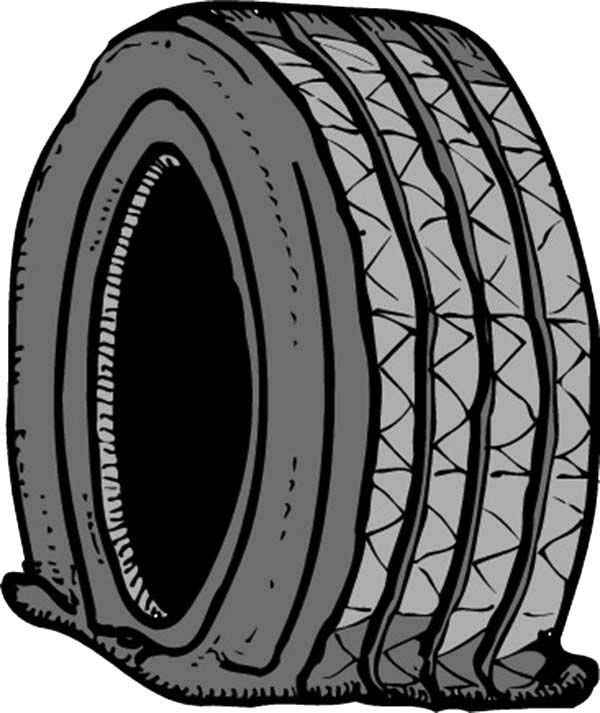
To be sure that nothing serious will happen to the tire, you should let an expert look at the damage.
Find a repair shop that is not selling tires and ask them. If you go to a repair shop that sells tires, it is likely that they will try to sell you new tires, even if you do not need any.
A damaged tire sidewall that reaches the threads should never be repaired because it damages the tire’s whole structure.
If the tire’s sidewall has a bubble, that is not fixable either, and small punctures should also not be repaired.
The only time you can glue together tire sidewall damage is if it is an extremely shallow scratch that is not reaching the threads.
However, if the scratch or damage is this shallow, there is no point in gluing it either, so I would say that you should never repair tire sidewall damage.
RELATED: Can You Patch a Hole in the Sidewall of a Tire?
There are a lot of things that could cause tire sidewall damage. Usually it will be because of sharp objects that you hit with the sidewall of the tire by accident. It can also be caused by age or driving around with too little air pressure in the tires.
Here are some common causes of tire sidewall damage:
If you change the tires on the drive wheels, you should change both tires because the different tire diameters will stress the transmission.
If you replace the tires on the rear of a front-wheel drive car, however, you can replace just one tire.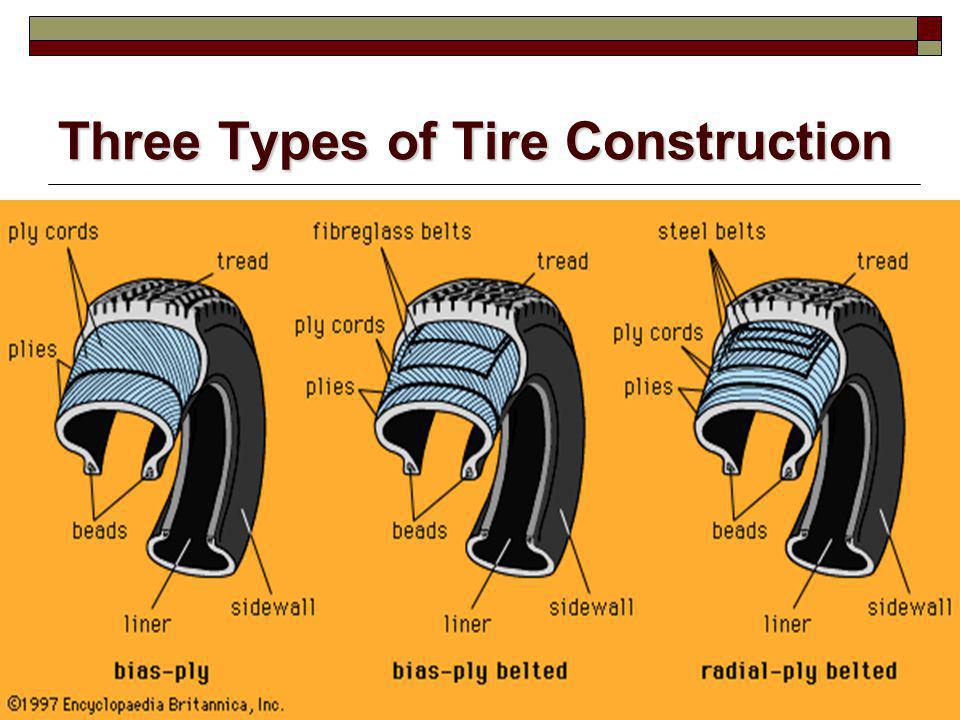
If you have a 4WD car, it is always recommended to replace all four wheels because different tires diameters can cause stress to the differential or transmission. The best way to find out is to ask your authorized dealer if you can replace just one tire on your specific car model.
No. Tire sidewall damage is usually considered self-inflicted damage and not a manufacturer problem, and is therefore not covered under warranty in most cases.
But if you want to be sure, you can always ask or read your warranty documents carefully. There are sometimes cases where you have a special car warranty.
A car tire typically has a sidewall that is between 1/4″ to 5/8″ (5 to 15 mm) thick. However, this can vary depending on the specific tires that are being used. Some tires may have thicker or thinner sidewalls, depending on their design and intended purpose.
For example, race car tires often have very thin sidewalls to help improve grip and handling. Likewise, some off-road tires may have thicker sidewalls to help protect against punctures from rocks or other debris.
Likewise, some off-road tires may have thicker sidewalls to help protect against punctures from rocks or other debris.
Tire sidewall damage is never OK. A bulge or tear in a tire’s sidewall means that the internal tire structure has been compromised, and the tire should be replaced immediately. Driving on a tire with a damaged sidewall can cause it to blow out, resulting in a serious accident.
Tire sidewall damage means there is a cut, puncture, or another form of damage to the tire’s sidewall. It’s not recommended to drive without replacing your tire if you have tire sidewall damage, and you should not attempt to repair damage to the sidewall of the tire, either. The sidewall is an important part of the tire’s structure, and if it is repaired, it can affect the handling of the vehicle or even cause a tire blowout, which can lead to an accident.
Tire sidewall damage can be caused by many things, but the most common cause is from hitting a sharp curb or pothole.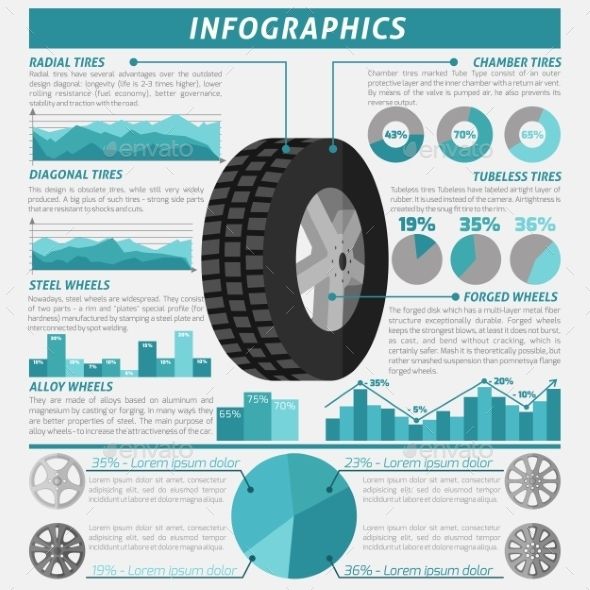
If you have sidewall damage on a tire, I would recommend having it replaced as soon as possible by a qualified mechanic. Don’t try to save money on repairing sidewall tire damage, it’s not worth it!
Learn more:
Categories: Tires
Most often, we ourselves are to blame for the fact that the tires become unusable. But this can be avoided.
You have never seen such tires: even the police were surprised
In the process of using the tires, various damages can occur, most of which are the fault of the driver. As a result, rubber is wasted, and since the law prohibits the use of different tire models on the same axle, you have to spend money on replacing the second tire.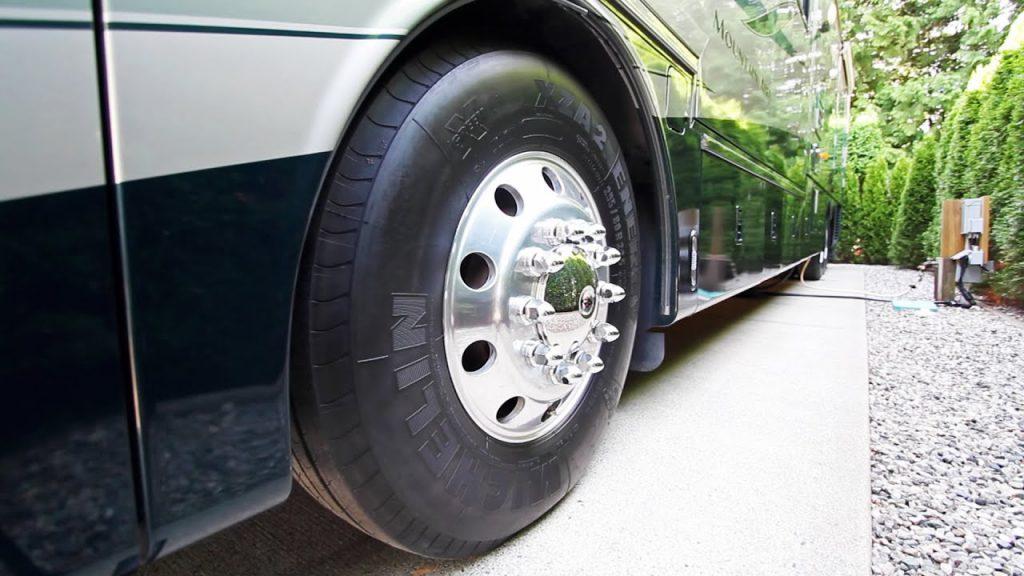
The most common damage is puncture . This is the most harmless type of damage, but only if you notice it in time and repair it right away. It is absolutely impossible to drive on a flat tire, even a couple of meters! The damage caused by running on a flat tire or low pressure is catastrophic. This causes the sidewalls to deform more than they should, which is why the tire overheats, delaminates, and the carcass becomes unusable due to broken cords. As a result, the tire will have to be thrown out. In addition, the edge of the rim can also be damaged.
There are two types of punctures: with and without cord damage. To determine this, it is necessary to remove what pierced it. If the edges of the puncture tightly converge, then the cord is not damaged and it will be possible to repair the tire without removing it from the disk. Otherwise, if the edges do not converge, you will have to disassemble the wheel and make repairs to strengthen the frame from the inside.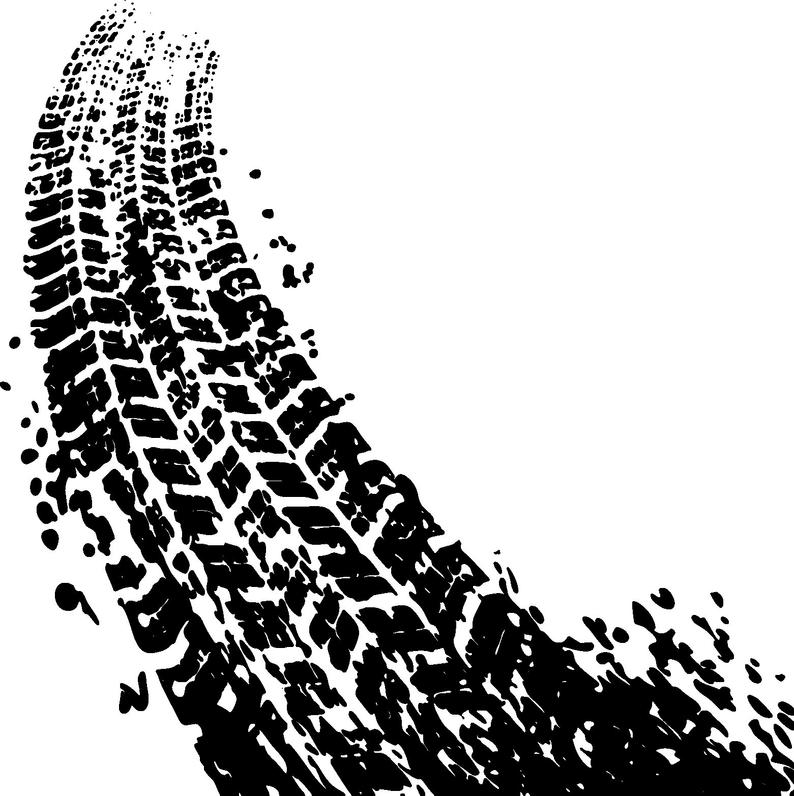 Alternatively, in the field and in the absence of a spare wheel, such a puncture can be repaired without removing the tire from the disk, after which you can carefully drive to a tire fitting or garage and make a full repair.
Alternatively, in the field and in the absence of a spare wheel, such a puncture can be repaired without removing the tire from the disk, after which you can carefully drive to a tire fitting or garage and make a full repair.
Is it possible to inflate a wheel without a compressor - the experiment "Behind the wheel"
When repairing, the puncture site must be cleaned and marked. Further, it all depends on what kind of repair kit you have - as a rule, instructions are attached to them. There are sealants that are poured into the tire through the nipple, after which the wheel turns with the puncture down and the substance seals the hole. Repair with a tourniquet or insert is somewhat more complicated, but also more durable: the edges of the hole are polished with a special tool, after which the tourniquet treated with a special compound must be inserted into the tire through a puncture with a special awl, pulled out (not completely) out and cut flush with the surface.
In case of cord damage due to a puncture, the tire must be removed from the rim in order to install a reinforced patch with additional cord on its inner surface. One of the sides of such patches has an adhesive layer that promotes cold vulcanization. After such a repair, wheel balancing will be required. To seal punctures from the inside, patches in the form of a mushroom are also used, with a leg that goes into the puncture. Such patches are also covered with a special adhesive composition for cold vulcanization.
Cuts or holes , unlike punctures, are not repairable, as they violate the integrity of the frame, which can no longer be strengthened. In addition, breakdowns are always sudden and occur on the go: the tire abruptly loses pressure and before the car comes to a complete stop it has time to make several turns "on the rims", which breaks the cord and destroys the layers. It is not recommended to use such a weakened tire, even if it was possible to repair and strengthen the rupture or cut, in the future.
8 tire storage rules - do you follow them all?
Incorrect storage of tires can cause cracks . The danger of such damage is that moisture enters the cord through cracks, which renders the frame unusable. In addition, air can escape through cracks. Unfortunately, cracks are not repairable, and tires with them will not last long: sooner or later they will deform, become covered with swellings due to rusted and torn cord or because of driving with pressure below the recommended one.
Blisters or bulges can appear on a tire for a variety of reasons - it always happens due to a broken cord or delamination in the carcass. In the first case, an obstacle was hit and the impact broke the cord or the cord was cut through with a sharp object. In the second case, there is no damage on or near the hernia, which means that it appeared either due to a factory defect, or due to frequent driving with pressure below the recommended one.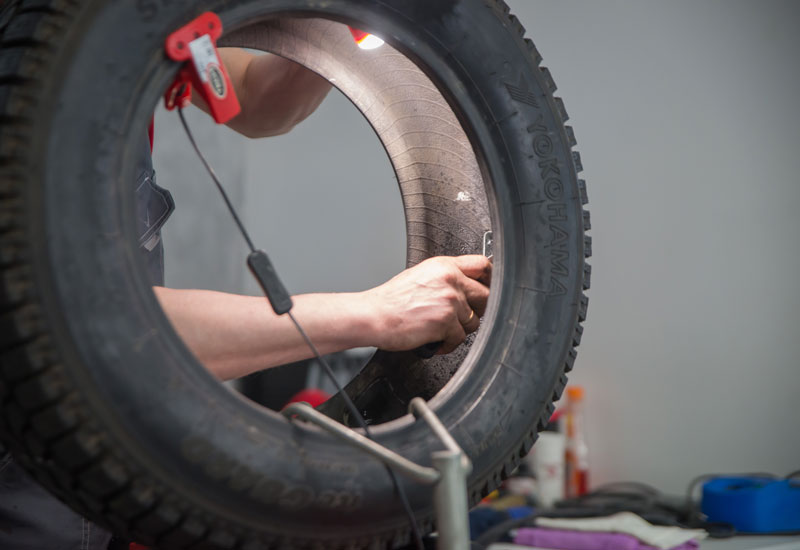 The danger of hernias is that they can explode at any time and provoke a skid, which will lead to an accident. If there is nothing to replace a tire with a hernia, then it is better to rearrange it to the rear axle and drive very carefully. Like fissures, a hernia cannot be repaired. Sometimes small blisters resulting from impacts or cuts are reinforced with reinforced patches, but there is no guarantee that the tire will not explode. Therefore, tires with hernias are recommended to be replaced immediately.
The danger of hernias is that they can explode at any time and provoke a skid, which will lead to an accident. If there is nothing to replace a tire with a hernia, then it is better to rearrange it to the rear axle and drive very carefully. Like fissures, a hernia cannot be repaired. Sometimes small blisters resulting from impacts or cuts are reinforced with reinforced patches, but there is no guarantee that the tire will not explode. Therefore, tires with hernias are recommended to be replaced immediately.
Tire blackening - 6 ways to polish your tires. Inexpensive!
Tire sidewalls can be damaged by rubbing against curbstones or the asphalt edge when driving over the side of the road. If you are prone to such a driving style, then it is recommended to inspect the inner and outer sidewalls from time to time and, if abrasion is found, swap the wheels in order to prevent the cord from being exposed - the rubber thickness on the sidewalls is small (1.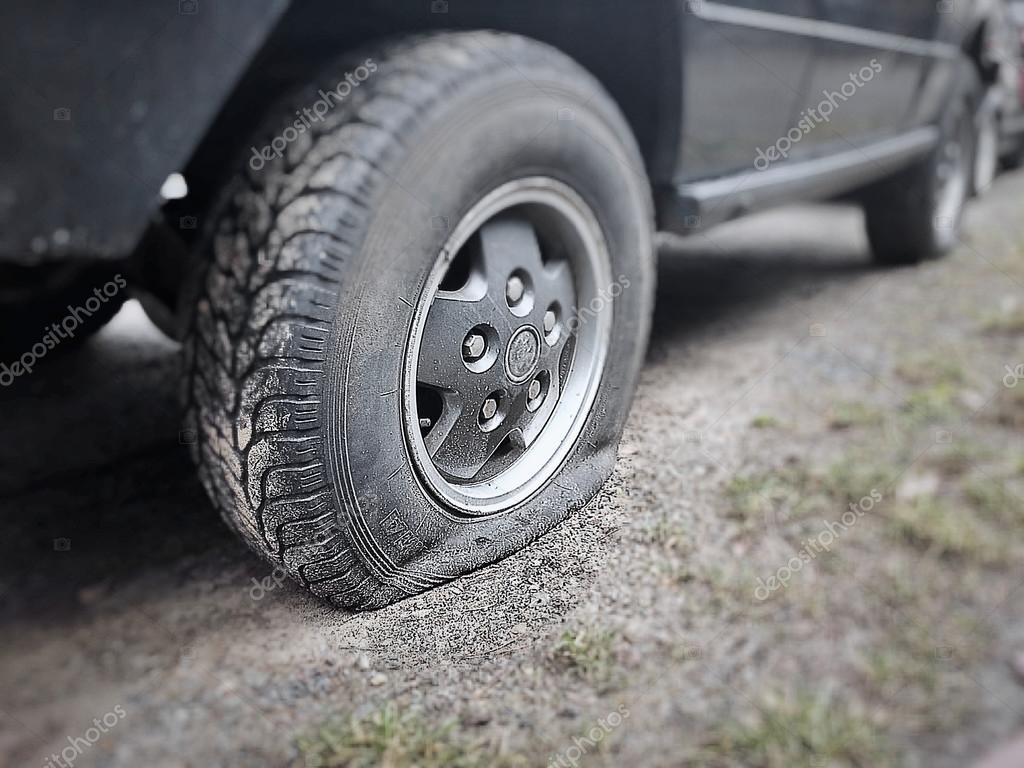 5-3 mm), and it can be rubbed to the frame very quickly.
5-3 mm), and it can be rubbed to the frame very quickly.
Often the cause of tire damage can be poor-quality tire fitting , during which the bead ring was damaged. In this case, the tire loses its geometry and “sits” crookedly on the disk - it writes “eights” during rotation, and lateral vibration appears during the ride. It is impossible to repair such a tire - you need to replace it with a serviceable one as soon as possible, until it damages the suspension: traction, hubs and bearings.
You can find out whether you use tires correctly and what invisible damage they have received by the characteristic wear of the tread, the varieties of which are collected for convenience in the table:
Shoulder wear on both sides
Driving with less than recommended tire pressure.
Inflate the tires to the pressure recommended by the automaker (a plate with recommendations is attached in the driver's door opening) and find the cause of the fall: puncture, cracks, hernia, nipple, rust on the rim of the disc in the place where the tire fits, etc.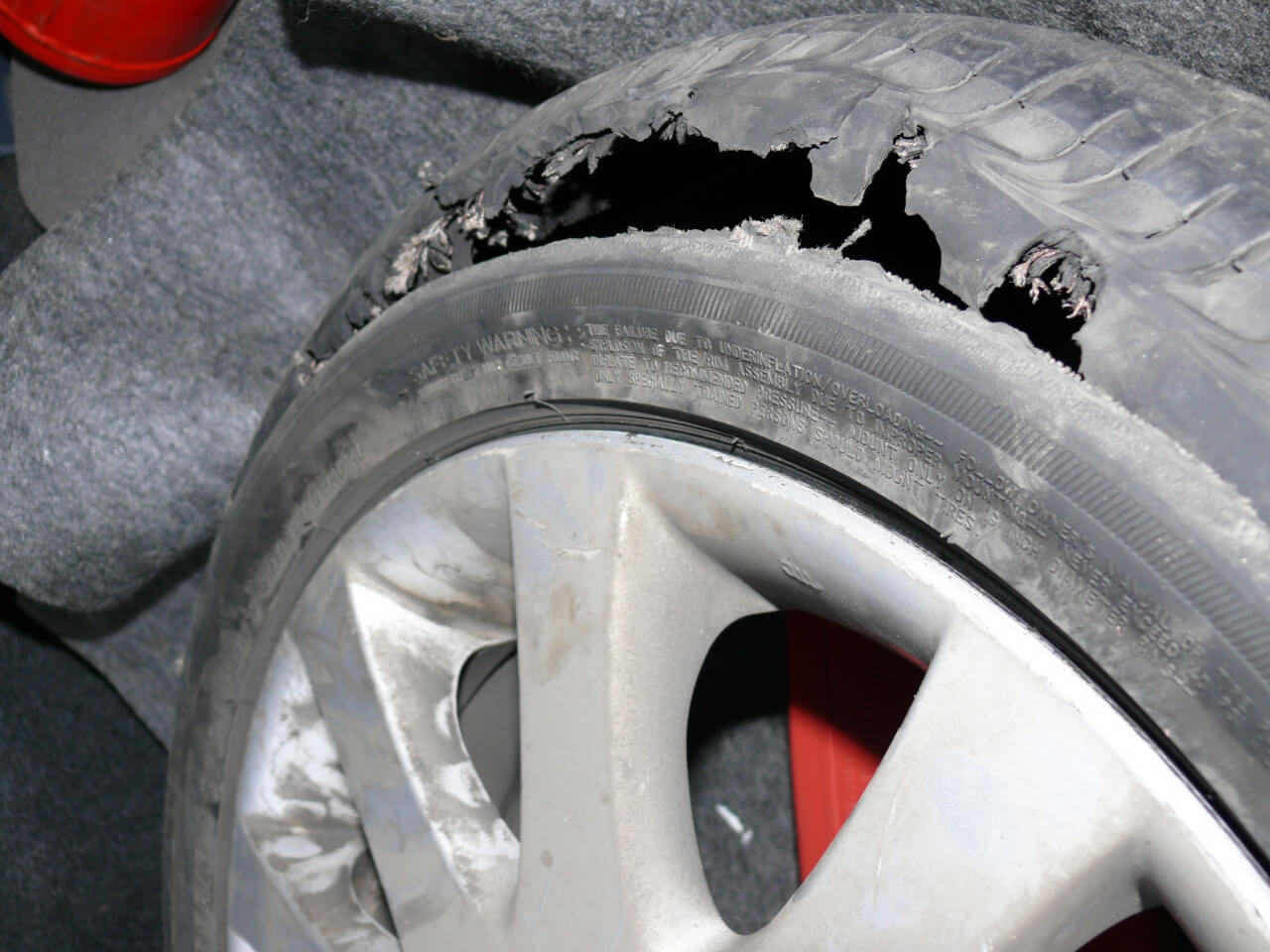
Center wear
Tire pressure too high.
Reduce the pressure to the recommended (indicated on the tablet in the doorway of the driver)
Distance in the form of rings and furrows
can be found on trailers or rear wheels of pickups and vans due to vibrations and vibrations and vibrations and vibrations and vibrations due bouncing at high speeds.
Changing wheels on a loaded axle to equalize wear, driving with a heavier load.
Chipped wear with cuts
Frequent wheel spin on rocky surfaces.
Move the wheels to a non-driving axle, use the gas pedal more carefully when starting to move.
Photo: Petr Urbanek / Unsplash
1.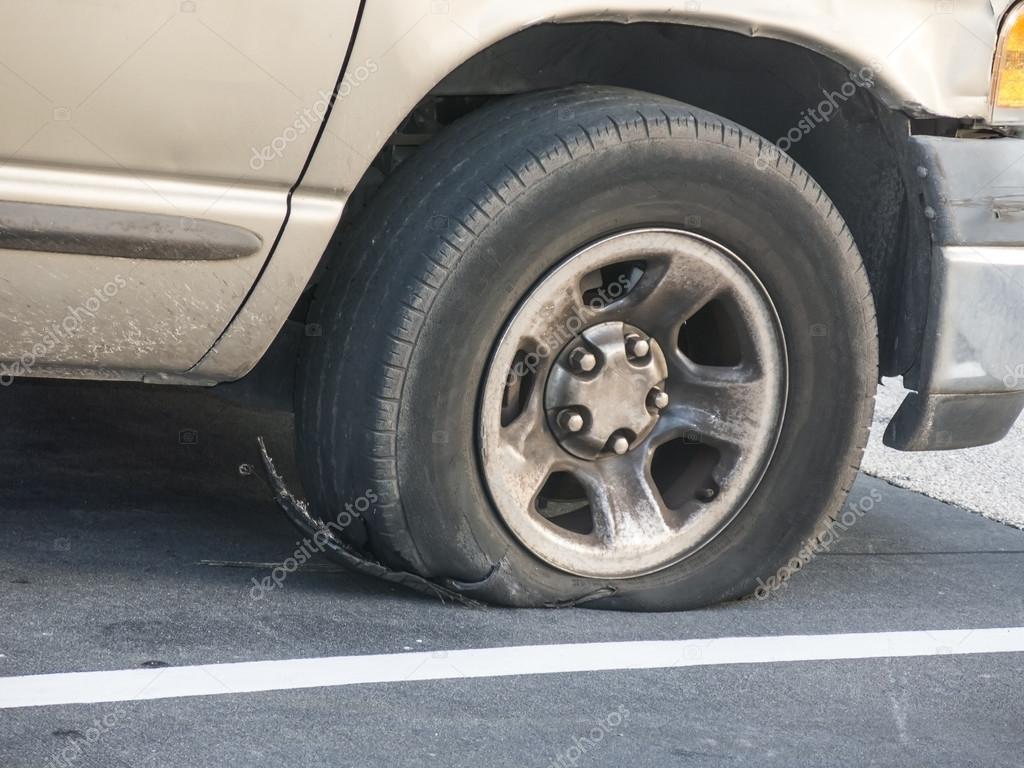 Bead ring wire sticks out, but the bead itself is in good condition.
Bead ring wire sticks out, but the bead itself is in good condition.
Causes:
Manufacturing defect (either incorrectly twisted or uneven in the rubber).
2. Dissection in the shoulder area, the occurrence of hernias or separation in a large area around the circumference.
Causes:
Causes - Overheating of the tire missed, possibly due to prolonged driving at high speed, with overload, or at low pressure. This usually results in such delaminations over large areas.
Another reason is a manufacturing defect. At the stage of wheel assembly, a violation of the process or mechanical damage.
3. Sidewall delamination or blistering or blistering.
Causes:
Possible causes - again, overheating or factory defects (the rubber cord did not overlap correctly).
4. Delamination and swelling on the inside of the tire.
Causes:
Possible cause - mechanical damage (impact) at an early stage of operation, well, or a manufacturing defect.
5. Cuts, punctures, circular cracks and damage to the tread blocks.
Causes:
Operation of the tire in aggressive conditions (such as sharp stones), damage occurs due to excessive pressure and / and prolonged operation on a wet surface. The tire is pierced by sharp objects.
6. Cord break on the inside line.
In the inner cavity of the tire (nylon or cord), with traces of damage / rupture all around.
Causes:
Overloading the tire for a long time, resulting in deformation and bending of the sidewall, Cord fatigue occurred, followed by a rupture.
7. Rupture in the bead ring area. Deformation and rupture of the cord.
External appearance of the defect — the steel cord of the tire has come out or is torn out, the place of explosion is fan-shaped.
Causes:
Overloading, overspeeding or prolonged spinning combined with insufficient tire pressure.
8. Jam in bead ring area.
Causes:
Seat ring dents without delamination result from mounting a tire on a dirty or unsuitable rim. Overload or low pressure.
9. Traces of internal fracture, not through damage in the inner cavity of the tire in the tread area.
At the same time, damage is more or less invisible on the outer side of the tread. On the inner surface of the tire "X", "\", "/" figurative cracks.
Causes: chiseled impact load, such as hitting sharp objects at high tire pressure or overload (curb, trench at high speed)
:
An external tear on the outer side of the sidewall with traces of scratches or impact / tear occurs when mechanical damage is caused by sharp surfaces at high speed.
11. Impact break.
The outer layer and the cord layer are impacted, the surface does not show the usual signs of separation of the rubber from the cord, but there is splitting of the tread.